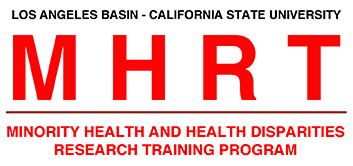
Professor Cynthia Davis
Charles R. Drew University
Professor Cynthia Davis' webpageImproving the HIV continuum of care in disadvantaged populations: facilitating diagnosis, linkage and retention in care, and treatment and adherence.
Community research, community-inspired research and community-partnered research are the defining features of the HIV/AIDS Center at Charles R. Drew University (CDU). Trainees will be able to utilize the opportunities at CDU CARES, a center for clinical, educational and research excellence in HIV/AIDS with a central mission to eliminate disparities in care for ethnic minorities living with or affected by HIV/AIDS. Supported by a 3-year grant from the California University-wide AIDS Research Program, the center builds academic-community partnerships to provide HIV treatment and research in Los Angeles County. Trainees will have diverse opportunities in research and interventions training at: a) the OASIS Clinic and Early Intervention Program, which offers Testing, Early Intervention and Outpatient Treatment services. These include confidential HIV testing with counseling, physical examinations, and medical treatment as well as individual psychosocial counseling or psychotherapy referrals. All services are offered in both English and Spanish regardless of the client’s ability to pay, age, race, sexual orientation, religion, national origin or physical impairment, and clients are matched with staff of the same race or ethnic background whenever possible; b) the SPECTRUM Treatment Education Program, which assists HIV positive individuals living in Los Angeles to adhere to antiretroviral medical regimes while preparing and educating them on HIV/AIDS, advocating for them and teaching them to advocate for themselves; and c) the CDU Social and Sexual Networking HIV Testing Project, which provides free HIV rapid antibody screening services targeting at-risk populations throughout Los Angeles County. All of these training opportunities are fully funded.





